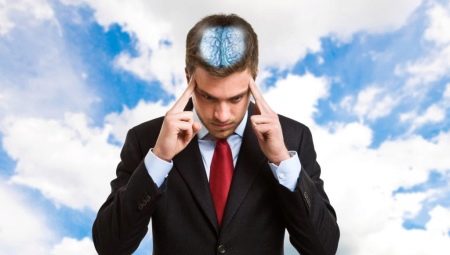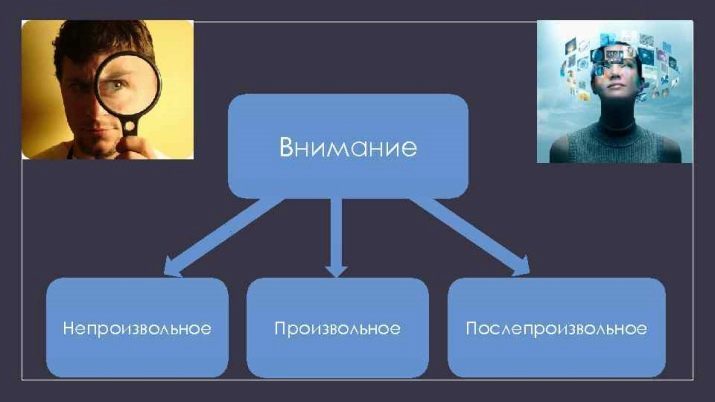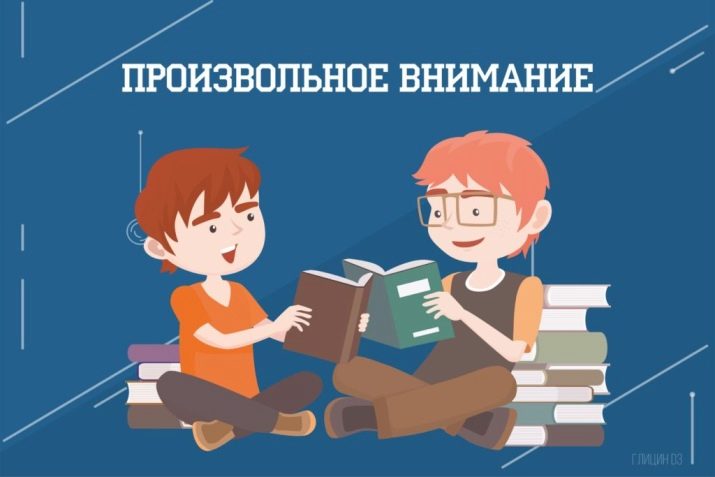Post-spontaneous attention

Attention is essential in everyday life at every step. In different situations, it is activated and directed to one or another object. This property allows us to select the information that is necessary and important for us. But when reacting to different things and situations, we do not think that there are several types of attention. The post-voluntary, along with the voluntary and the involuntary, is of considerable interest.

What it is?
Each type of attention has its own degree of activity. Therefore, there are three types.
The definition in psychology suggests that post-voluntary attention is a state of a person when he is completely focused on a certain subject. But this is given to him very easily, without effort, and the result is the knowledge gained, which is firmly preserved in his memory.

In other words, this is the state when there is a stable motivation for something. Therefore, all forces are aimed at achieving the goal, everything is easy, even fatigue is not felt during prolonged mental work.
This is exactly the kind of concentration that a schoolboy or student needs to study subjects brilliantly. Parents and teachers strive to ensure that children have just the kind of attention that will allow them to master the material well and study well. But even for adults it is quite useful, since it allows you to assimilate a large amount of necessary information.

According to Leontiev (a psychologist who spent a lot of time studying all three types) post-spontaneous attention Is a natural process that is based on voluntary attention. Both types are based on an interest in the subject. But the interest in the first and second cases is slightly different.
In the post-voluntary, a person's interest in the result is connected to the result, which will turn out as a result of the activity being performed.

Comparison with other types of attention
If we compare post-voluntary attention (it is also post-voluntary) with the other two, then we can find that this type is different from involuntary, but similar to voluntary.
Involuntary attention arises without any effort, it is not associated with any specific actions and efforts, but arises as a reaction to everything that surrounds us. In other words, we pay attention to some objects and phenomena.

But the voluntary and the post-voluntary are already those types that are "switched on" at the will of a person, based on his choice.
Let's take a closer look at all three varieties in order to understand what their differences are.
- Involuntary attention does not depend on our desires. This can be, for example, the rumble of thunder, the bright light of the headlights of a car, a sudden smell of burning or freshly baked bread. Involuntary attention captures unexpected events that may be important to us. In all these cases, the situation in the external world is beyond our control. On the contrary, we are dependent on it. Involuntary attention is also inherent in animals, their reaction to external stimuli is its manifestation. The peculiarity of human attention is that people can control it, unlike animals.
- Voluntary attention is fundamentally different from the previous type. We set ourselves a goal, we are going to solve a specific problem, and we direct our voluntary attention to this, fully focusing on the object. This type is not inherent in us initially, it needs to be developed independently. Parents begin to teach this to the child from childhood, and then the teacher. An example is a situation where you need to perform some action that does not cause much enthusiasm. The performance of these actions is due to necessity.
- The post-voluntary also occurs due to the efforts of a person, and in this it is similar to the voluntary. But it differs in that post-voluntary attention is not just a person's concentration on any activity, because it is necessary, it is already an interest in it. He is also interested in the final result, but the process itself begins to captivate and give pleasure. Post-spontaneous attention lasts much longer than other types and gives the best results. This can be compared to when a person devoted his life to his favorite work and does it with pleasure.

Thus, all three types have their similarities and differences, but it is quite simple to distinguish between them.
It also becomes obvious that voluntary attention can easily turn into post-voluntary attention.
Overview of examples
Illustrative examples will help to understand how post-voluntary attention is actually manifested, as well as how it flows from voluntary attention.
- If, for example, inspiration came to the artist, he prepares a canvas, easel, brushes, paints and starts work in the studio or goes to the open air, where he plans to make sketches for future paintings - this is just after-spontaneous attention. In this case, the person engages in activities that captivate him and give him pleasure.
- Another variant. The woman is going to surprise the family, to cook some delicious dish. She does it with a soul, she likes the process itself, and she is interested in the result of her work. A woman studies a recipe, prepares ingredients, creates a delicious dish. This occupation is her joy. She does not force herself to focus on it, everything happens by itself.
- Another option, when post-spontaneous attention immediately turns on - a person in anticipation of meeting friends with whom he has not met for a long time. From the very beginning he is interested in this meeting, is tuned in to positive emotions, and in the process of communication he feels a continuous positive.

Very often, post-voluntary attention is included after voluntary. Let's see how this happens with examples.
- The child sits down to read some book, because it needs to be done, and he understands it. First, he turns on voluntary attention, tries to read thoughtfully. But at some time he gets carried away, he becomes interested. And he already reads not because it is necessary, but because he wants to know the further development of events and how it will end. This has already included post-voluntary attention.
- Or, let's say you need to learn something new for yourself. For example, English. There is not much enthusiasm at first. You need to learn words, verbs, tenses, which seems very boring. But voluntary attention helps to cope. Then something starts to work out, interest wakes up, I want to achieve more - after-spontaneous attention appeared.

If you set a goal, then you can observe yourself and others, and visually see how post-voluntary attention works, and how other types interact with it.
For more information on post-spontaneous attention, see the video.








